基于模糊信息优化处理技术的定性因素定量化方法研究及其应用
摘要随着现代科学技术的迅速发展,人类所面临的问题也日益复杂多变。系统工程作为一种对所有系统都具有普遍意义的科学方法也面临着挑战,其重要的研究领域在于对由人等因素产生的模糊信息的处理。我们知道,系统所涉及的重要信息主要有:(1)数据信息,由传感器或调查统计渠道获得;(2)模糊语言信息,即由专家或现场操作人员提供的经验性启发式知识。显然,一种理想的系统分析、设计和控制方法是能统一地利用与处理以上这两类信息的。遗憾的是,系统工程中许多传统的技术与方法无法利用这类模糊语言信息。自从1965年美国加利福尼亚大学控制论专家、数学家L.A.Zadeh提出模糊数学以来,吸引了众多学者对其进行研究。迄今为止,其...
相关推荐
-
我国基层财政困难的制度成因分析与对策研究VIP免费
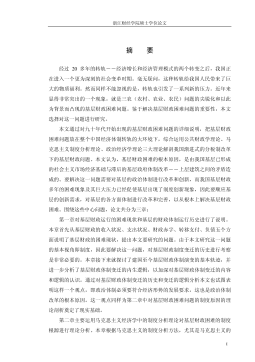
 2024-09-20 33
2024-09-20 33 -
我国煤电产业链纵向交易合约机制研究VIP免费
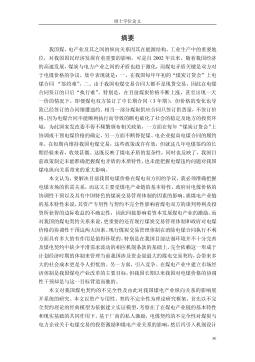
 2024-09-20 28
2024-09-20 28 -
生产要素视角下的上海市产业结构优化研究VIP免费
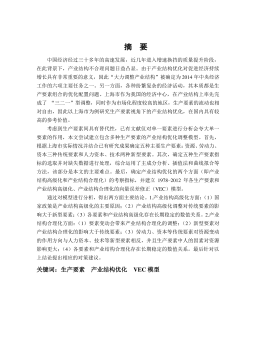
 2025-01-09 7
2025-01-09 7 -
我国银行业结构与经济结构关系研究VIP免费
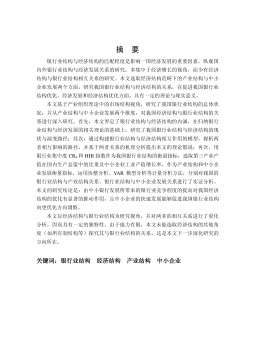
 2025-01-09 7
2025-01-09 7 -
大数据视角下农业供应链金融研究VIP免费
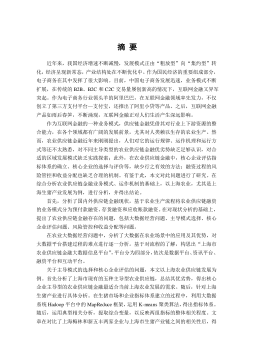
 2025-01-09 6
2025-01-09 6 -
跨国大型综合超市的规划研究VIP免费
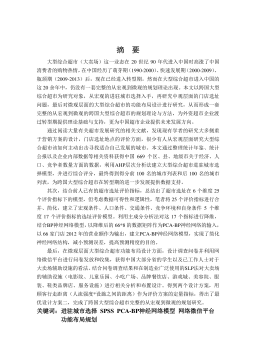
 2025-01-09 6
2025-01-09 6 -
跨境电商农产品质量安全问题研究VIP免费
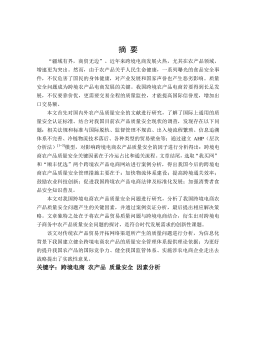
 2025-01-09 8
2025-01-09 8 -
世界市场的虚拟化与我国国际电子商务发展方向研究VIP免费
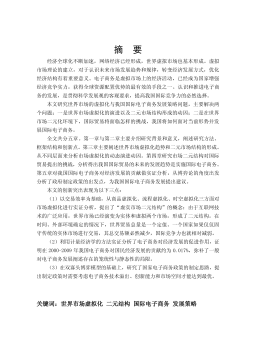
 2025-01-09 9
2025-01-09 9 -
中国政府对电力行业的价格规制问题研究VIP免费
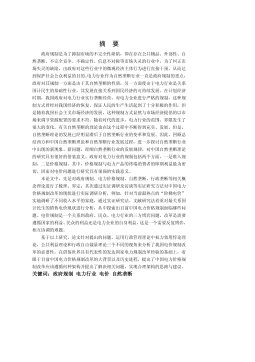
 2025-01-09 14
2025-01-09 14 -
中小企业信息化系统集成技术研究VIP免费

 2025-01-09 14
2025-01-09 14
相关内容
-

跨国大型综合超市的规划研究
分类:高等教育资料
时间:2025-01-09
标签:无
格式:PDF
价格:15 积分
-

跨境电商农产品质量安全问题研究
分类:高等教育资料
时间:2025-01-09
标签:无
格式:PDF
价格:15 积分
-

世界市场的虚拟化与我国国际电子商务发展方向研究
分类:高等教育资料
时间:2025-01-09
标签:无
格式:PDF
价格:15 积分
-

中国政府对电力行业的价格规制问题研究
分类:高等教育资料
时间:2025-01-09
标签:无
格式:PDF
价格:15 积分
-

中小企业信息化系统集成技术研究
分类:高等教育资料
时间:2025-01-09
标签:无
格式:PDF
价格:15 积分






